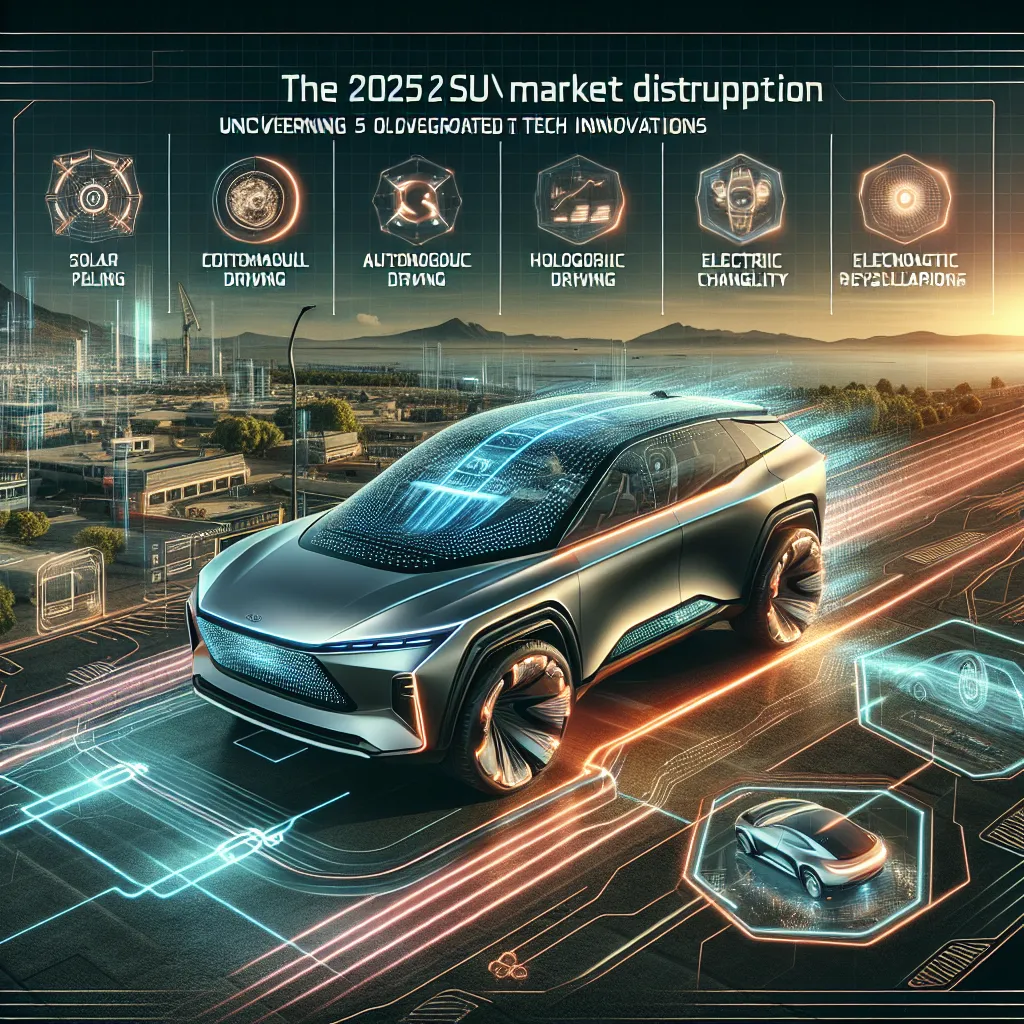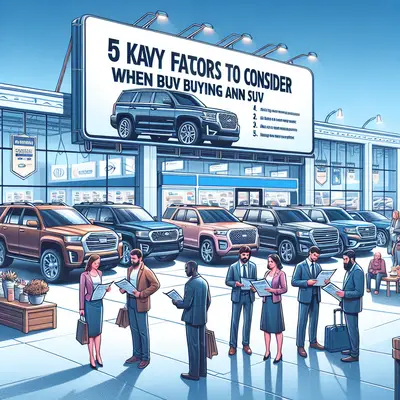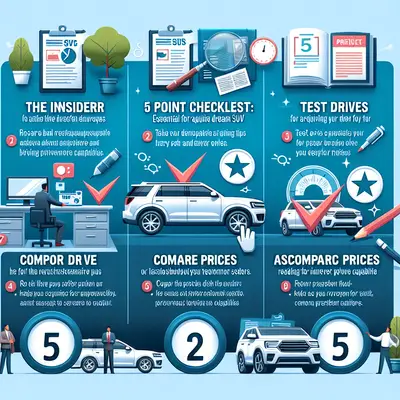Autonomous Driving Technology
One of the most significant technological advancements in the SUV market is autonomous (self-driving) technology. Manufacturers are investing heavily in this area, aiming to create SUVs that can navigate roads without human intervention. While fully autonomous vehicles aren't expected on roads by 2025, many SUVs will offer advanced driver-assistance systems (ADAS). These systems, which include features like automated braking, collision avoidance, and lane-keeping assist, significantly enhance driving safety and comfort.
Electric Powertrains
By 2025, many SUVs will be powered by electric powertrains. This shift from traditional petrol and diesel engines is motivated by growing environmental concerns and stringent emissions regulations. Electric SUVs offer several benefits such as lower operating costs, quieter rides, and zero tailpipe emissions. Moreover, advancements in battery technology are expected to boost the driving range of electric SUVs, making them a viable option for long-distance travel.
Advanced Connectivity
The integration of advanced connectivity features in SUVs is another trend to watch out for in 2025. These features will enable SUVs to communicate with other vehicles (V2V), infrastructure (V2I), and even pedestrians (V2P). This technology, collectively known as Vehicle-to-Everything (V2X) communication, promises to enhance road safety and traffic efficiency. Additionally, expect to see SUVs equipped with high-speed internet connectivity, transforming the vehicle into a mobile office or entertainment hub.
Augmented Reality Dashboards
By 2025, traditional SUV dashboards may be replaced by Augmented Reality (AR) displays. These displays will project important vehicle data, navigation information, and safety alerts onto the windshield. This means drivers can access all the necessary information without taking their eyes off the road. AR dashboards are expected to significantly enhance driving safety and convenience.
Eco-Friendly Materials
As sustainability becomes a crucial factor in the automotive industry, manufacturers are exploring the use of eco-friendly materials in SUVs. Expect to see more SUVs with interiors made from recycled or sustainable materials. Not only will these materials reduce the environmental impact of SUV production, but they may also enhance the vehicle's aesthetic appeal and comfort.
Conclusion
With cutting-edge technology transforming the SUV landscape, knowing what to look for in your next vehicle is crucial. By staying informed about these five overlooked innovations, you'll be well-prepared to make a savvy purchasing decision in 2025. The future of SUVs promises to be exciting, and these advancements will undoubtedly reshape our driving experiences for the better.



